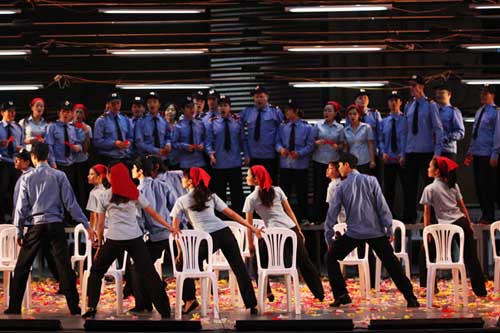KVT – Suy ngẫm về chủ đề Carmen
 |  |
Xin lỗi, hiện bài này mới chỉ có bản tiếng Anh.
Hanoigrapevine cảm ơn các bạn.
![]()
| Không phải nhà phê bình, “Kiếm Văn Tìm” là một người quan sát hay một con người có hiểu biết thú vị và công tâm về nghệ thuật Hà Nội, người đưa ra các chính kiến của mình và là một đặc phái viên báo chí giấu tên trung thực và công bằng. Xin hãy đưa các ý kiến của bạn vào phần bình luận dưới đây. |


















Dear Sir/Madame,
I wish to commend you for your thorough, thoughtful, and insightful review of one of the recent performances of “Carmen” in Hanoi. It is a pleasure to find at least one writer in this town who takes the time to critique and review, instead of limiting themselves to ‘promote and preview’.
I would also like to make a brief plug for the Hanoi International Choir, which was an integral part of both the May and September performances, but has received scant notice in the meagre literature that accompanied this production. The 45-50 members of HIC who were on stage in the chorus committed themselves to over 5-6 months of hard work, on an entirely volunteer basis, to learning the lines and the music of “Carmen”. We endured the occasional cajoling and bossing around of the director and choreographers, accepting this in mostly good humour as an inevitable part of ‘showbiz” (and because, for much of the time, it was fun). Regrettably, despite the enormous amount of personal time and work that HIC members put into the production, we received not even a single ‘official’ thank you from VNOB management.
Michael Bosworth